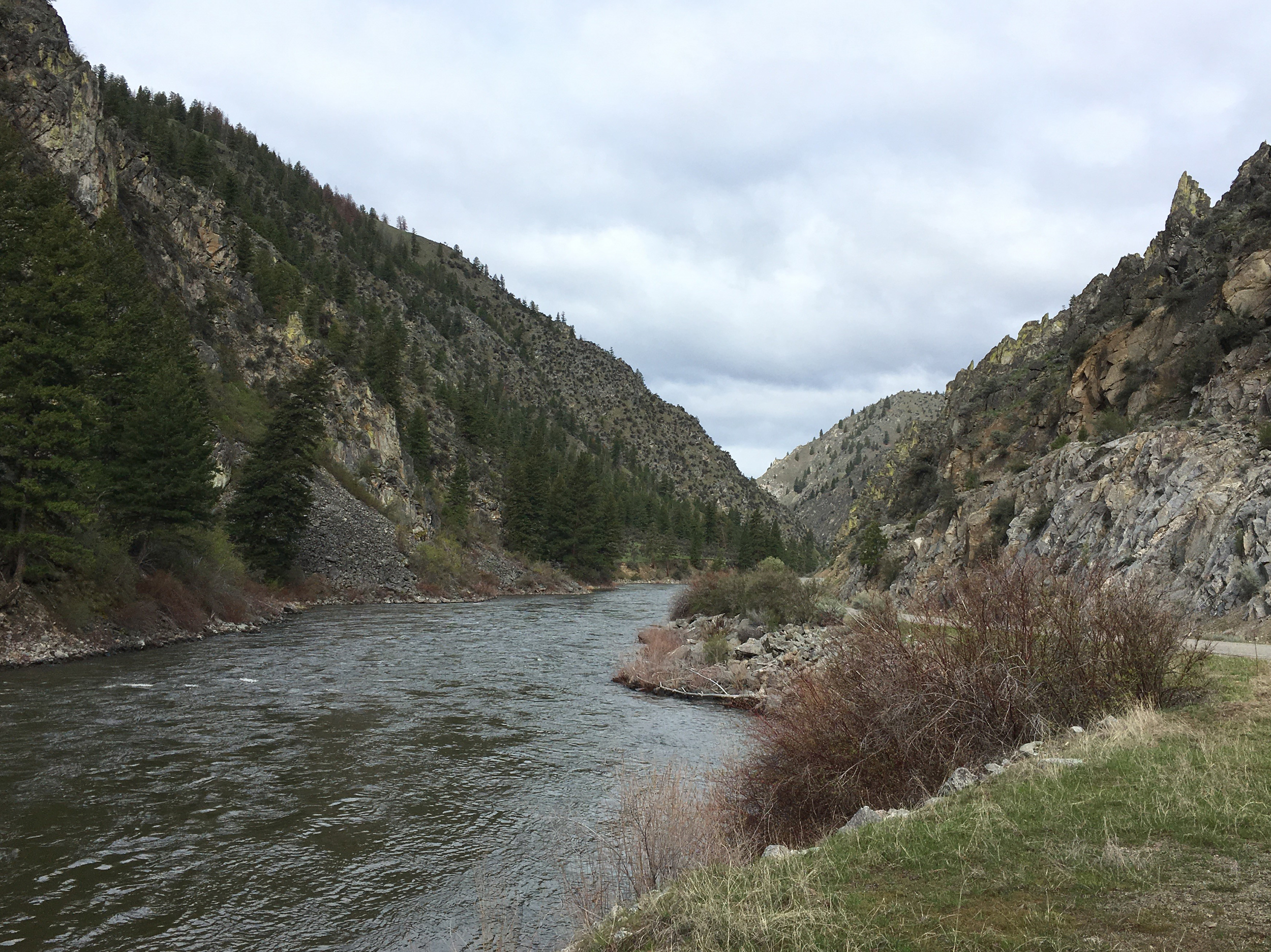EMPSi uses GIS and the latest spatial technologies to analyze project impacts and improve project design
GIS and other spatial technologies have made it possible to evaluate the potential environmental effects of a project with increased accuracy and efficiency. These tools enable EMPSi to evaluate the impacts of a range of project alternatives on resources such as wetlands, floodplains, and critical habitat; analyze the effects of road density on wildlife; or identify environmental constraints to aid in project siting and design.
SELECT PROJECTS
Grand staircase-escalante NM forage analysis, ut
Conducted large-scale, multi-discipline spatial analysis for 2.3-million-acre planning area
Assessed vegetation, aquatic, economic, and cultural data from 96 grazing allotments to generate dynamic analytic tools for an EIS
wilderness characteristics inventories, western us
Worked with multiple BLM offices to complete a comprehensive GIS analysis of public lands suitable for wilderness designation
Efforts included broad use of spatial data, roads and trail infrastructure, and in-field evaluations
RENEWABLE ENERGY Zones for DEVELOPMENT EIS, AZ
Extensive GIS analysis of land status and environmental suitability data established 192,000 acres on BLM lands for potential solar, wind, and other renewables
Defined a streamlined federal review process for proposed projects
Wild and Scenic River Program Support, ID/NV/UT/WY
Developed a GIS protocol for robust desktop analyses using Google Earth and remote sensing on behalf of USFS Region 4 in four western states
Digitized decades-old spatial documents for 10 National Forests
Coal Suitability Analysis, OK/KS/TX
Mapped and analyzed 1.9 million acres of federally managed coal
Evaluated potential surface mining on lands managed by 12 federal agencies, 3 states, and over 15,000 private landowners
Public Land Order Analysis, AK
Developed and executed a methodology for reviewing over 150 historical Public Land Order records, extracting spatial data to determine current mineral withdrawal status
Created a GIS database of PLO ANSCA 17(d)(1) mineral withdrawals across a 56-million-acre area







